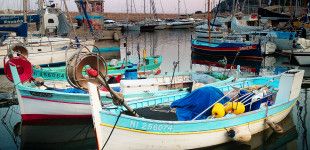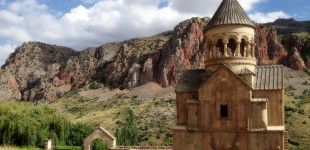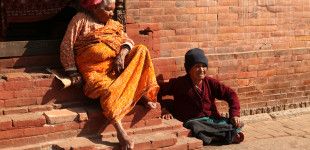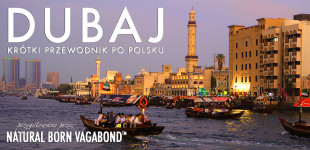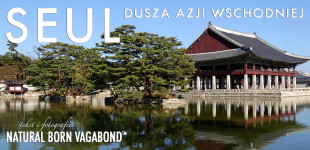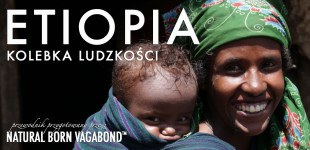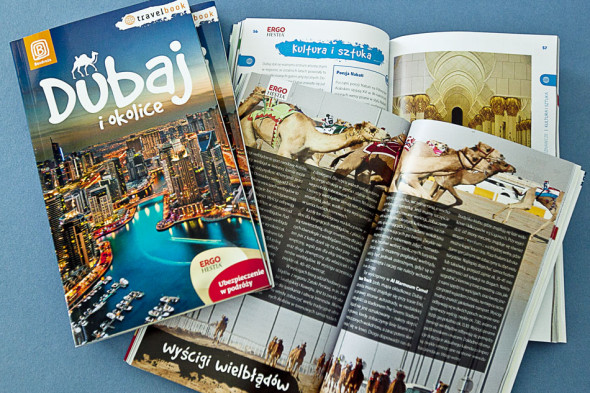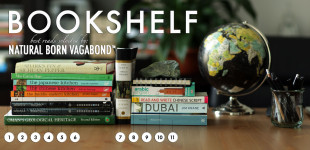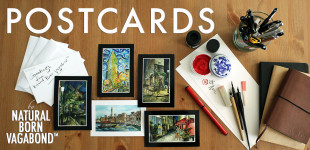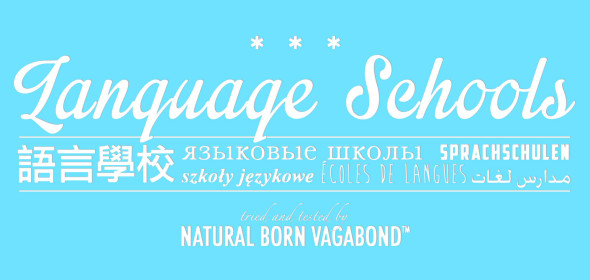Welcome travelers!
Natural Born Vagabond™ is a bilingual (English and Polish) site devoted to travel photography and journalism. Here you can find images and articles from our remote travels. The ambition of the creators is to share the best stories with those who crave wilderness and adventure. If you would like to share your opinions or travel stories please contact us via e-mail.
Featured
Natural Born Vagabond™
Peter the Coolest
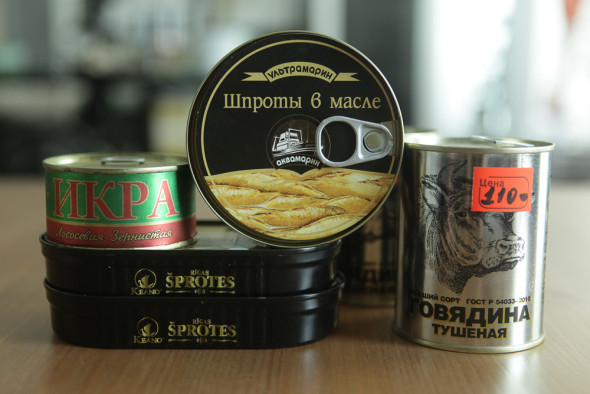
Russia yet to be discovered
Locals refer to St. Petersburg as “Peter-burg” (Петербург) with no “s” sound, or with a hint of affection as “Peter” (Питер). What made us spend a whole month in a city called “the Venice of the North” (yes, the city has a lot of canals and bridges) in the summer of 2014? Curiosity and love of foreign languages. Kai’s new-found hobby in recent years is to learn (or practice) a foreign language in an immersion environment. Namely, he spends four weeks each year in a different city studying and immersing himself in a language and its culture. And frankly, once going this route it is hard to imagine that some people actually try to learn languages in sterile classrooms with no culture and context to practice it. Language is something that can only really be picked up when surrounded by it; which is why embracing everyday life of a particular location has become Kai’s new thing. This time I joined him in those endeavours at the Liden & Denz, Russian Language School in St. Petersburg. (Check out which other languages we have learned here.)
Location, location, location…
First, what we found out about our adopted city: St. Petersburg is BIG. Our school is located in the city centre, but many of our classmates — who opted to stay with a host family, while we lived in a downtown apartment — commuted daily one hour each way on public transportation to get to and from Liden & Denz. The school is walking distance from Saint Petersburg’s “Main Street”, Nevsky Prospect (Невский проспект). Nevsky Prospect spans 5 km and passes by some of the city’s most famous sites, including the Palace Square (Дворцо́вая пло́щадь). (In 2015 the school relocated, but still within the downtown core of the city and near Nevsky Prospect). For those opting to visit Peter, choosing a central and convenient location can save you a lot of time and headaches — and you will need the time and the alertness to take in all the beauty of the city! We stayed on Kazanskaya Ulitsa (Казанская улица), in a super stylish apartment in the heart of the city — within walking distance of the school — that we found through AirBnB. Not only is the apartment a hop, skip and a jump from the school (15 minutes by foot), but being adjacent to Nevsky Prospect we were able to go by foot to see many of the city’s attractions. (If not for a school-organised trip to the Baltika Breweries on the city outskirts, we would not have had to use the metro system at all. And good that we did take the metro as it is a destination in its own right (though not as spectacular as the Moscow metro).)
The neighborhood where we found ourselves for the duration of our stay was a gem. Not only were we close to many historical attractions, but the area has some really cool hangout places, whether it be for food, drinks or just chilling out. Some of our favourite discoveries include: Zoom Cafe (зум Kафе); a coffee house known as “I’m thankful for today”; a Polish-inspired cocktail bar, “Warszawa”; and a micro restaurant Soup Vino (Cуп Bино Pестобар) located directly across from our apartment. All are must-visit places on any “non-tourist” list. However, if you fancy an experience worthy of a tsar, look no further than Ginza Project — a directory for fine dining in the city. (Russians are well known for indulging in the good life!)
Something for hungry bears…
In contrast to the Gulf region, where traditional foods are usually prepared at home rather than at restaurants, traditional Russian eateries are easy to find in Peter (as are Georgian restaurants). Nevertheless, outside of Russia and its traditional sphere of influence, there is little knowledge of Russian cuisine. It can be generally described as simple and hearty — in many ways comparable to Polish and other eastern European fare. We found excellent restaurants serving pelmeni (пельмени) and vareniki (вареники) — Russian-style dumplings — along with borsch (борщ), solyanka (солянка), seasonal sorrel soup (щавелевый суп), herrings and sprats. Personal recommendations include a local chain restaurant, Teremok (Теремок), for those with a craving for bliny (блины — Russian pancakes). For those into pies and pastries, another chain restaurant, Shtolle (Штолле), serves scrumptious Piroshki (Пирожки). However, the best Russian cuisine is always found closest to the source. For that, the local farmers’ market, Sennoy Rynok (Сенной рынок, translated literally as “Hay Market”), is the place to find homemade pickles, cheeses, smoked meats and fish, fresh fruits and vegetables, and meet smiling babushkas.
The bazaar is part of the cultural fabric of the city and was featured by the legendary novelist Dostoyevsky (Фёдор Миха́йлович Достое́вский) in his stories. Of course, the market has changed much since Dostoyevsky wrote about it in the 1800s; nevertheless, its charm remains and it still serves as a vibrant food source for the city dwellers. And lest I forget to mention, the drink of choice in Peter and Russia is vodka (surprise, surprise). Virtually all food and grocery stores will carry a wide selection and at rock bottom prices. Vodka is to Russia what beer is to the Germans, so be prepared to imbibe a few while you are there. We found that it goes best with local pickles, shproti (Шпроты) and other varieties of preserved fish: “За здоровье (za zdorovye)!”
But one cannot speak of Russian food culture without reference to Georgian cuisine. Indeed, just as much as Chinese restaurants are a staple in the United States, and curry houses are in the UK, and (Turkish) kebab restaurants are in Germany, Georgian restaurants are ubiquitous and loved by all in Russia. In fact, we would venture to say that no food experience in Russia is complete without dining in a Georgian restaurant. Georgian food — largely unknown outside of Georgia and Russia — is unpretentious foodie goodness!
We enjoyed the food in St. Petersburg so much that we even took home some food “souvenirs” (see cover photo). These included caviar and tushenaya (тушеная, or also known by its diminutive name “Tushonka”), Russia’s answer to Spam (but so much better). Tushonka is ready to eat straight from the can with just a little bit of heating. The origin is military (i.e. its genesis was as a ration for soldiers), but it has since been adopted into the civilian world. It is comparable to luncheon meat but with larger chunks and has no preservatives. After heating up, tushonka takes on the consistency of a meat stew and goes very well with buckwheat kasha — grechka (гречка), also served with macaroni and other types of pastas. I think we must have ate enough for an army camp in the month that we were there!
The overall culinary experience in St. Petersburg was a pleasant surprise. The food we procured was generally fresher and tastier than we are used to from the markets in North America, Europe or the Middle East. Perhaps this is because agriculture in Russia (or its food suppliers) is more organic than elsewhere. Indeed, many locals have their own gardens in the country side (in their dacha (дача)) and will pickle/preserve their vegetables for the long harsh winters. Many also take their surplus to sell in the Sennoy Rynok.
Can’t miss the biggies
No time spent in St. Petersburg is complete without the obligatory visits to the city’s most famous sights (e.g. the Hermitage; Marinsky Theatre (old and new); Kazan Cathedral; the opening of the bridges; boat tours along the canals; etc.). Likewise, there are similarly beautiful places to see in the surrounding environs (e.g. Pushkin (Tsarskoe Selo; Ца́рское Село́); Peterhof Palace (Петерго́ф); etc.). Kai spent many a (white) nights inline skating in the Palace Square, while we both made multiple trips to the Hermitage. But probably the most iconic of our city adventures was watching the bridges being raised at night.
Luckily, during our stay in Peter, Manifesta, a travelling European contemporary art biennial was taking place. Scattered around different locations around the city, the exhibition gave me a chance to explore countless amazing installations, videos, and contemporary art works. For the occasion of the biennial Malevich’s “Black Suprematic Square” was moved from The Russian Museum to the incredibly modern halls of the The General Staff Building (opposite of the Hermitage).
My personal favourite out of the big museums is The Russian Museum of Ethnography. It offers a chance for patrons to really appreciate the size and diversity of Russia. Most people know that Russia is the largest country in the world, but few comprehend that its land area is 17 million km2 (11.4% of world’s land surface), spans 11 time zones and is home to 185 ethnic groups. Ethnic Russians account a majority (81 percent) of the population, but almost 1 in 5 are ethnic minorities, most of whom hail from East and Central Asia.
Sea of books
As befits a city in a country with a great literature tradition, there is a great abundance of book stores in Peter. Books and magazines can even be found on sale in select bars and restaurants. And even at those establishments without books for purchase, it is still common to see them on display or “loan”. A bookstore that became a part of our quotidian was the three-story mega-bookstore Singer’s Book-house (Дом Книги Зингера). Situated on our path from home to school (and back), it became a place where we spent much time browsing and shopping and more browsing (and where Kai picked up a Russian language copy of the Little Prince). Another gem, but on a much smaller scale, is a tiny book store by the name of “My” (Книжный магазин «Мы»), located on the third floor of the Biblioteka Building on Nevsky Prospekt 20. One of the great pleasures of Saint Petersburg is to take a novel to the Palace Square to read during the summer white nights (белые ночи). Even better if you bring along a Russian classic to read!
Most of those with European upbringing are likely to be aware of the great literature, arts, culture and science that eastern Slavs brought to this world. Gogol (a Ukrainian working in St. Petersburg), Dostoyevsky, and Pushkin to name just a few who have added to the stock of human culture. If you are into the classics but do not want to spend an arm and leg on fancy titles, I would suggest a series of classics by local publisher Lenizdat (Лениздат). Their books usually do not exceed 100 rubles and include a large selection of titles.
By chance I found myself drifting away from the classics, while in Peter, pulled by the lure of fun writings from local author, Olga Lukas (with illustrations by Natalia Povalyaeva). I started with an easy read, “Бабушка Смерть“ (“Babushka Smert“ — literally “Grandma Death“) just to get quickly hooked on the whole series by the same duo: “Поребрик из бордюрного камня“ (“Sidewalk from the curb stone”). It is a series of comical stories about Muscovites (москвичы) and Petrograders (питерцы) and how they differ from each other. All are published by Komilfo (Комильфо), a house that focuses on young Russian authors and light literature. However, one thing I did not find while in Peter are the infamous panorama books — an old Russian specialty that seems might have been forgotten in the post-communist era (though hopefully not lost from the nation’s consciousness).
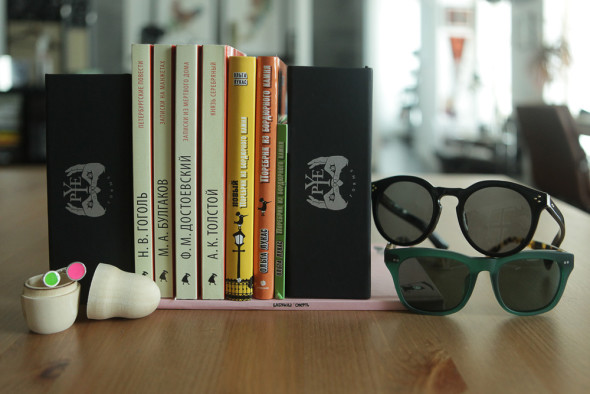
Some of the best St Petersburg souvenirs: silver/enamel ring by Alice From Wonderland, Russian classics from Lenizdat, book series by Olga Lukas, stylish – homegrown specs by PYE – Pimp Your Eyes.
Get to the source
For those wanting to catch the scoop on Peter, most of the information on the Russian brands, events and so on can be found on the social-network portal: VK (ВКонтакте — literally “in touch”). Two Russian language magazines that I found useful were The Village and Time Out Petersburg. Both magazines feature a great amount of events and reviews. It was also in Peter (of all places) that I also discovered a great intellectual Latvian magazine: Rīgas Laiks. (Русское издание). I still follow these magazines on social media not only for the language practice, but also for their good content. For English sources of information look no further than the free In Your Pocket guides — an irreplaceable source of current information for those wanting to take full advantage of all there is to do in Peter. Also check out The St. Petersburg Times.
This was not my first trip to St. Petersburg (and was the second time in Russia for Kai) and it will almost surely not be my (or our) last in Russia’s cultural capital. We look forward to visiting at one point in the winter to truly appreciate the Russian experience, including hopefully a chance to glimpse the aurora borealis while sipping a cold Russian vodka. “За здоровье!”
Read about my designer finds in St. Petersburg on my art page, Dubai Doodles: Peter the Coolest.


